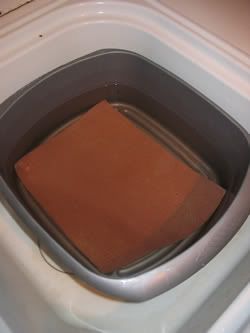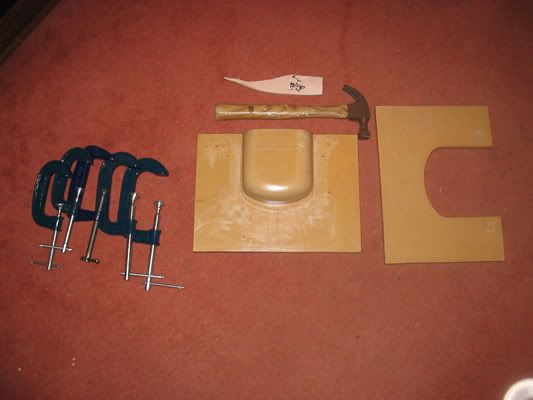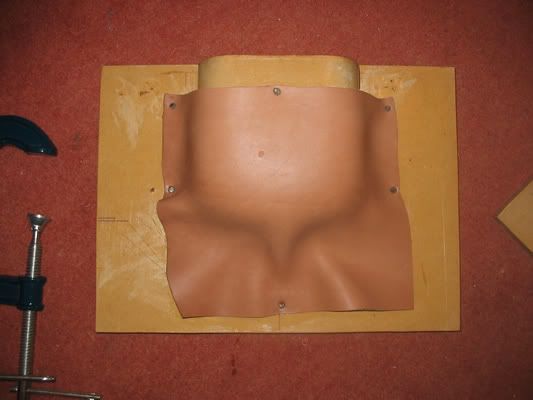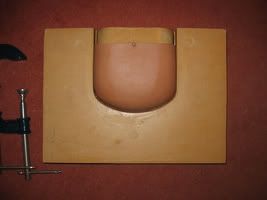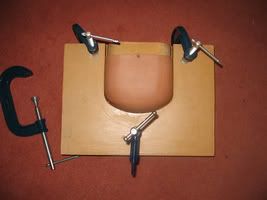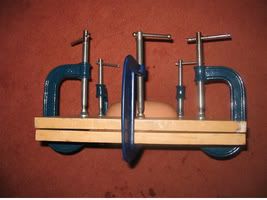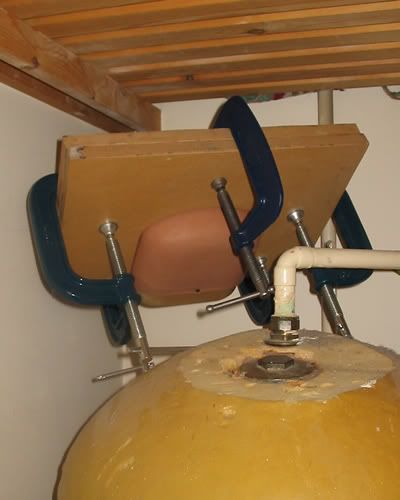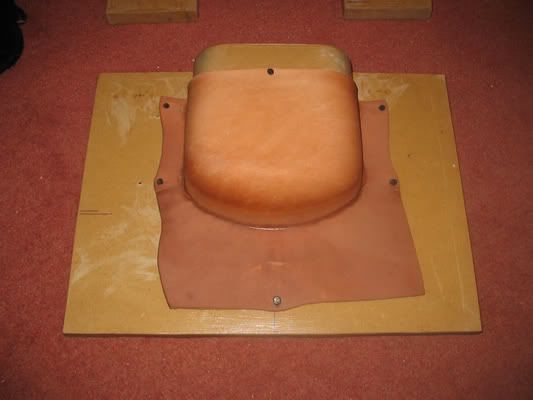Having just finished my fourth, but first *passable* sheath (the first three were unholy abominations which had to be destroyed before they brought all manners of evil on this world - perhaps that's an exaggeration but I assure you they were butt ugly), and finding myself rather bored with SWMBO on holiday in Aus, I'm eager to try something ambitious to while away the evening hours after work.
So my idea is a possibles pouch, in the style of the ones you can see on the bearclaw website:
http://www.bearclawbushcraft.co.uk/trading/misc.htm
- the moulded looking one at the top.
I've got 3mm veg tan leather and lots of enthusiasm but no idea where to start. Any ideas?
So my idea is a possibles pouch, in the style of the ones you can see on the bearclaw website:
http://www.bearclawbushcraft.co.uk/trading/misc.htm
- the moulded looking one at the top.
I've got 3mm veg tan leather and lots of enthusiasm but no idea where to start. Any ideas?



